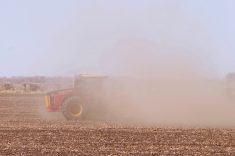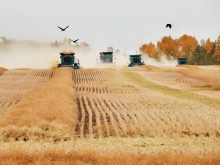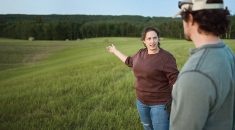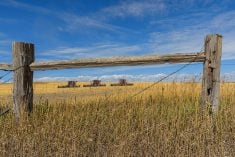Back in the beginning of this growing year, it was an early and warm spring season. Many farmers started seeding early, aware that they were taking on the risk of a frost and having to reseed. That gamble paid off for the majority of farmers who took the risk, as the weather stayed warm and dry throughout the spring season.
Then as spring turned to summer and the El Niño effect was dissipating the weather changed and the rains began to fall. Rainy weather has persisted through the summer and into the fall, bringing a whole new set of risks including potential production and quality loss.
Read Also
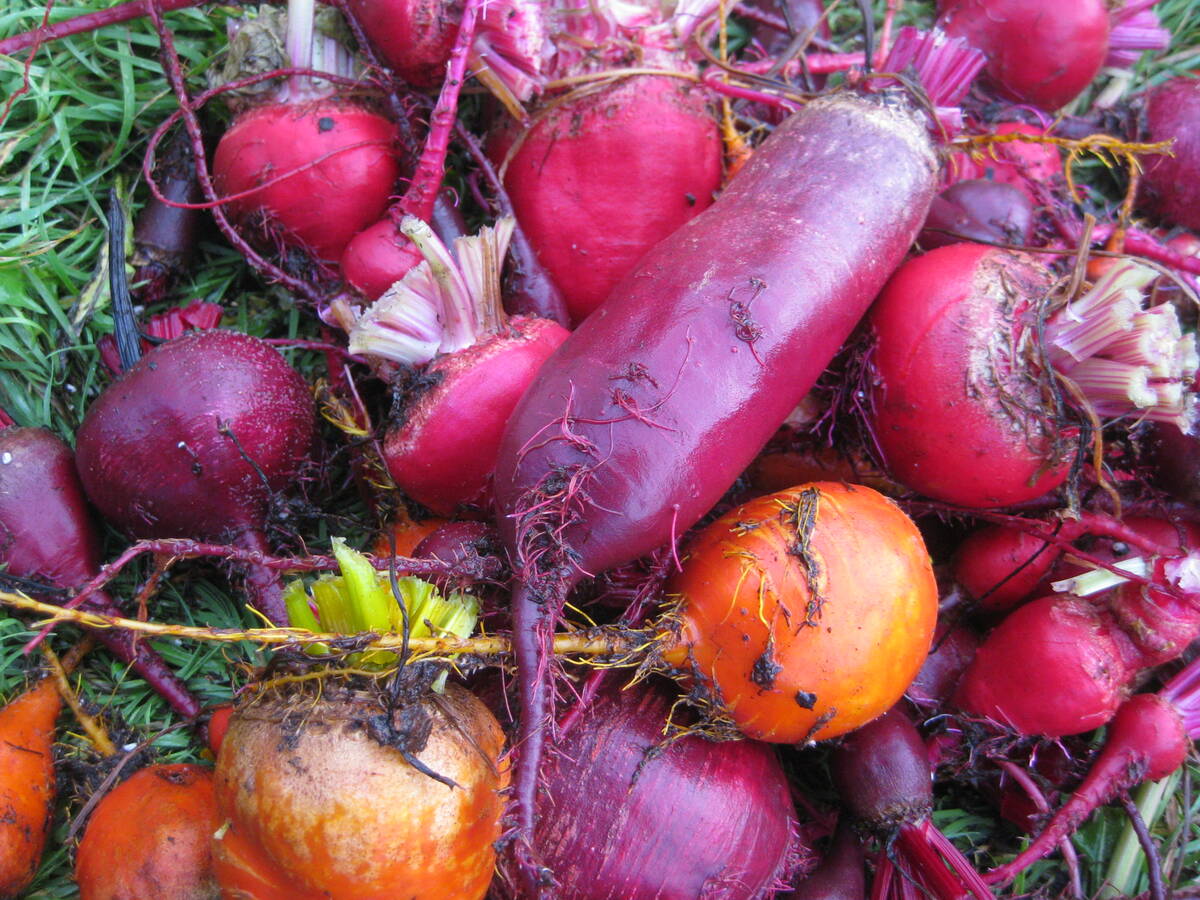
Putting down roots, part 1: Beets
Densely textured, richly coloured and earthy even in their seed form, beets are reminiscent of dirt for Saskatchewan writer dee Hobsbawn-Smith.
Add to that an early mid-September frost across parts of the Prairies and we are now faced with the harsh reality that the potential for a profitable year has faded quickly for many farms.
With the true extent of the potential loss unknown until harvest is complete, how do you make the right decisions about getting the crop off? How much do you spend trying to do this when you are losing money every day due to lousy weather?
Reacting to the weather
From my many years in this industry watching these weather events unfold year after year and seeing how farmers reacted to these situations, all I can say is that there is no one clear answer to those questions. Experience is probably the best thing to rely on in a situation like this year. The best way to learn is by evaluating each decision so you can extract experience to put into your knowledge locker for future reference.
Anyone who has farmed for more than five years has likely experienced a fall with excess moisture, either rain or snow, that has complicated harvest. Maybe the decisions you made last time were not the best decisions, or maybe they turned out to be smart decisions. You can’t know until afterwards, when you evaluate the situation to see what paid off.
Farmers make these kinds of decisions all the time. Should you buy certified seed or use bin run? Seed treat or not? In a dry spring how much fertilizer do you put on? How much should you spend on chemicals? Should you use a fungicide? Should you swath your crop or desiccate and straight cut? Do you wait for the grain to be dry before combining or use a dryer or aeration to get started sooner? When and how much should you sell?
No matter which decisions you make, you won’t know if you’ve done the right thing until you can see the results, which likely won’t be until after harvest is done. For example, if you have test strips in your field, you can compare fertility or chemical rates to see which returns more in the end.
Not all decisions are as easy to compare as field trial strips. In that case, the only measuring stick you really have at the end of the day is too see if your farming operation is showing a profit. If so, I would suggest that the majority of the decisions you made overall were the right ones for your farm for that year.
The other thing about experience is that you soon realize a decision made earlier in the year can potentially have a big impact on what choices you’ll be able to make in the future. Understanding that lesson will help you to make better decisions in the future.
Too much information
Be it the financial, business, agronomic or marketing decisions that you will need to make for your farm business, the biggest impediment that I hear from farmers is that they don’t have the time to spend going over all the information that is available.
The time it takes to gather and review has become a daunting task. The total amount of information available seems to be infinite. Hiring specialists to help you better manage all of the information and disseminate the precise information you need can help you make more timely and better decisions. That can help to make your farm more profitable.
As a farm manager, time management is most likely the biggest problem that you have to try to solve. There are no more hours in the day and we only get older each year. The reality is we are most likely get a little less done every day. How do you make that math work?
As farmers you are faced with risks and decisions every day, very seldom knowing if you have made the right one or not until much later. How you manage the decision making process and who you involve in that process is what will help you make better decisions and ultimately make your farm business profitable and sustainable.




